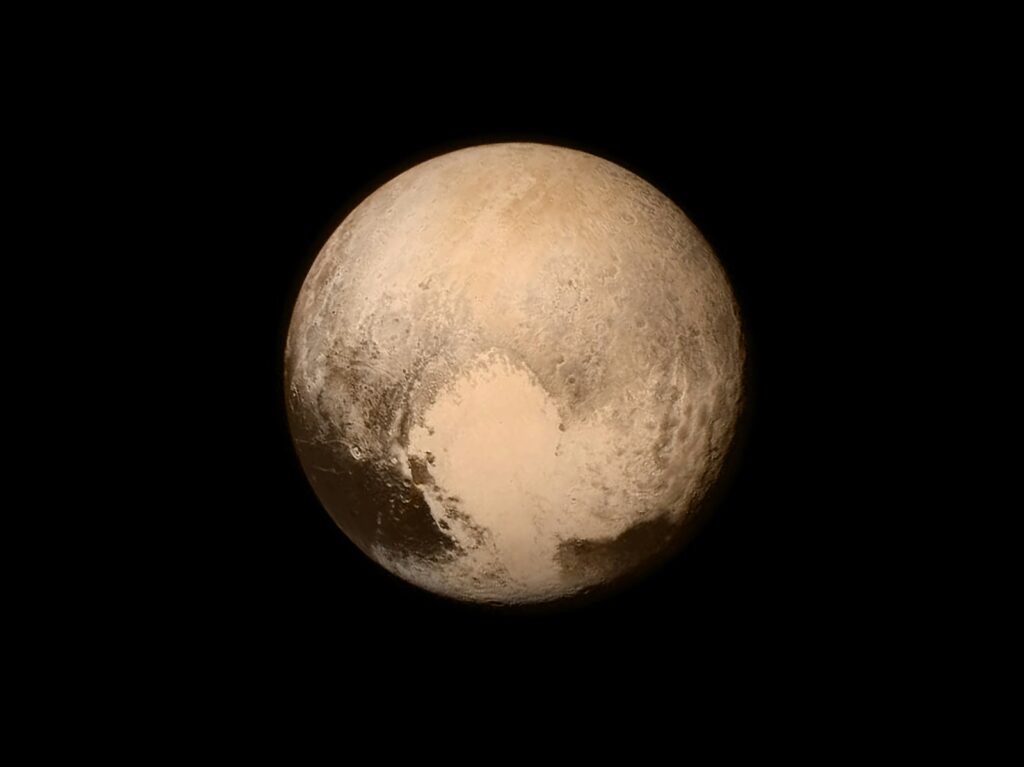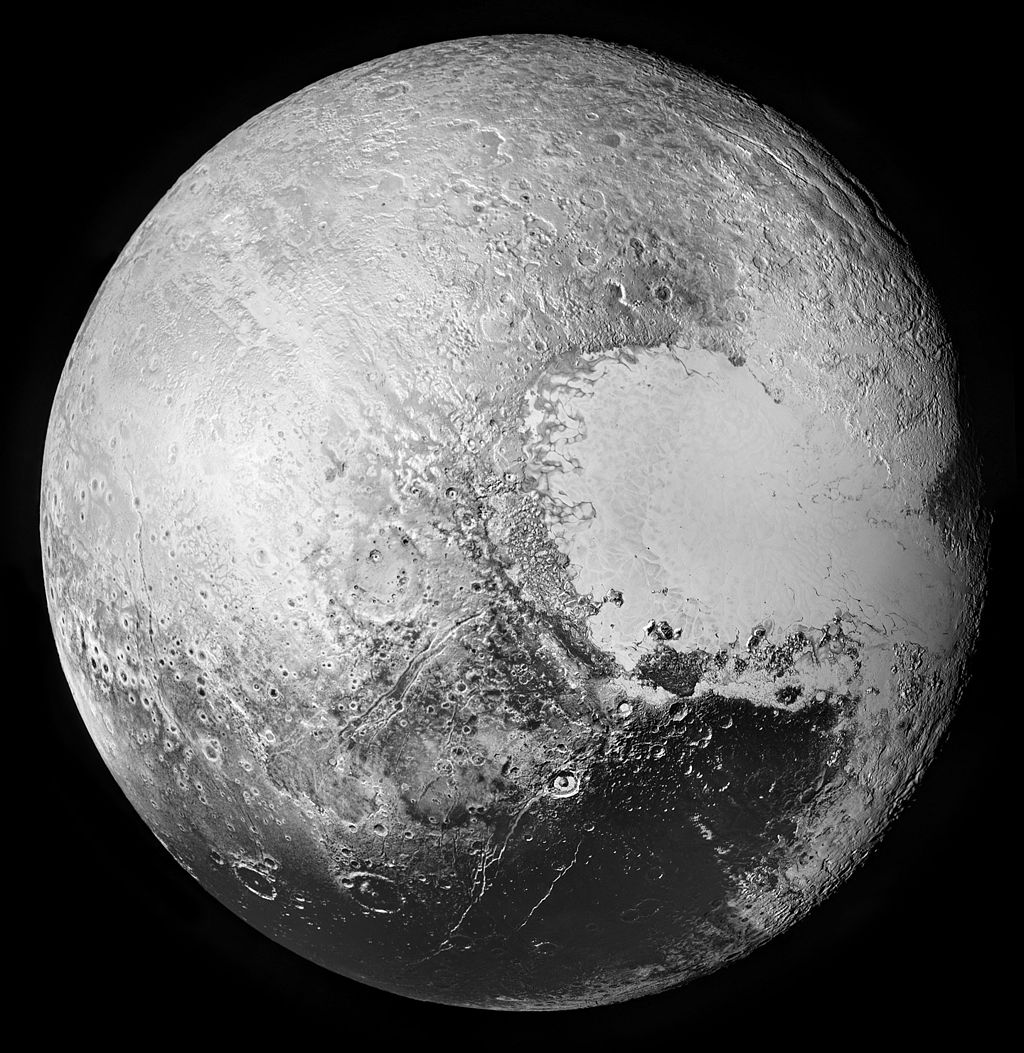Where is Pluto Now: Have you ever looked up at the night sky and wondered where Pluto, the tiny planet far beyond Neptune, is hiding? Pluto is a dwarf planet located in the Kuiper Belt, which is a region of the outer solar system beyond Neptune’s orbit. It was once considered the ninth planet in our solar system until its reclassification in 2006. Pluto is about 3.7 billion miles (5.9 billion kilometers) away from the sun on average and takes about 248 Earth years to complete one orbit. It has five known moons, with the largest being Charon.
Despite its small size and distance from Earth, Pluto has been studied extensively by spacecraft, including NASA’s New Horizons mission, which provided valuable insights into its composition and surface features.
Where is Pluto Now
This tool helps you determine the current (live) position of Pluto in the night sky. By entering the date and time (which can be automatically set to the current moment), along with your geographical coordinates (latitude, longitude, and elevation), you can find out exactly where Pluto is located relative to your position on Earth. This information allows you to track Pluto’s movement in the sky, enhancing your understanding of its orbit and its place in the solar system. Whether you’re a casual stargazer, an amateur astronomer, or simply curious about the cosmos, this tool provides an easy and accessible way to connect with the distant dwarf planet, Pluto.
Current Position of Pluto
Right Ascension:
Declination:
Azimuth:
Altitude:
|
Date and Time:
|
|
| Latitude: | |
| Longitude: | |
| Elevation (m): |
Also Try: Pluto Time Calculator
Find Your Pluto Time Based on Your Zip Code | Pluto Light Calculator | Pluto Darkness Calculator | Pluto Hour Calculator
Find Solar Declination Based on Your Zip Code | Solar Declination Calculator Nautical Twilight Calculator Civil Twilight Calculator
Also Read: What Color is Pluto?
- Right Ascension: Right ascension is one of the two coordinates used to locate celestial objects in the sky, similar to longitude on Earth. It is measured in hours, minutes, and seconds, eastward along the celestial equator from the vernal equinox. Right ascension values increase to the east.
- Declination: Declination is the other coordinate used to locate celestial objects, similar to latitude on Earth. It measures how far north or south an object is from the celestial equator, expressed in degrees, minutes, and seconds. Positive values indicate positions north of the celestial equator, while negative values indicate positions south.
- Azimuth: Azimuth represents the direction of an object in the sky, measured clockwise from the north. It is given in degrees, with 0 degrees being north, 90 degrees east, 180 degrees south, and 270 degrees west.
- Altitude: Altitude, also known as elevation, indicates how high an object appears in the sky above the horizon. It is measured in degrees, with 0 degrees being on the horizon and 90 degrees directly overhead (the zenith). Positive values indicate objects above the horizon, while negative values indicate objects below the horizon.
Where are Other Planets Now
| Celestial Body | Right Ascension | Declination | Azimuth | Altitude |
| Sun | ||||
| Moon | ||||
| Mercury | ||||
| Venus | ||||
| Mars | ||||
| Jupiter | ||||
| Saturn | ||||
| Uranus | ||||
| Neptune |

Where is Pluto Now? : How It Works
- Date and Time: Our tool automatically sets the date and time to the current moment, so you'll always get the most up-to-date information about Pluto's whereabouts.
- Location: You can choose to enter your latitude, longitude, and elevation manually if you know them. If not, don't worry! Our tool can detect your location automatically, ensuring accurate results tailored to where you are on Earth.
- Tracking Pluto: Once you've set the date, time, and location, our tool will do the rest! It calculates Pluto's position in the sky based on its celestial coordinates and your viewing location. Read more about Pluto on Wikipedia.


